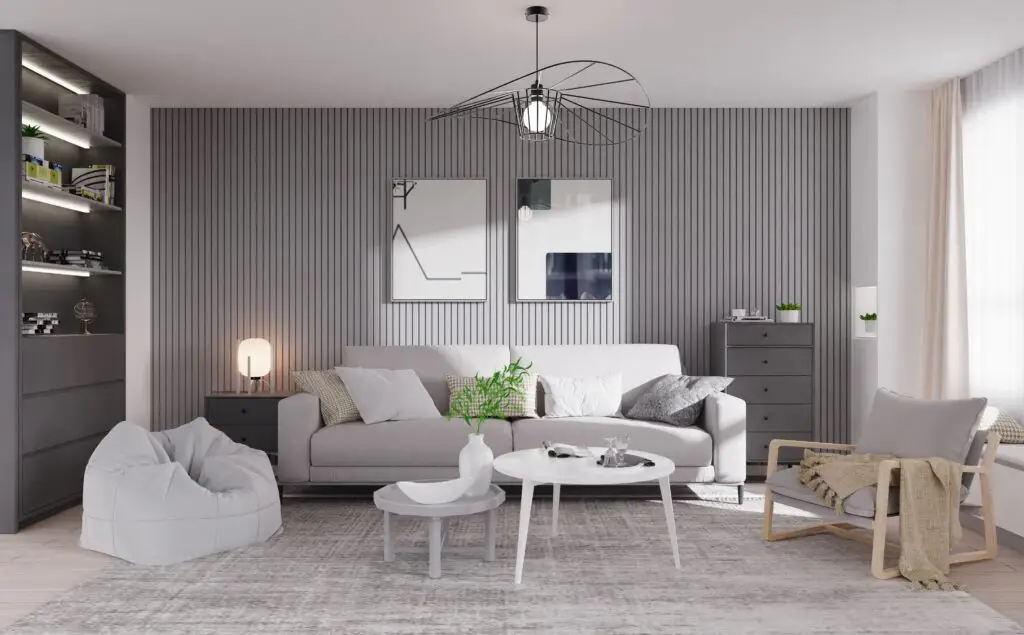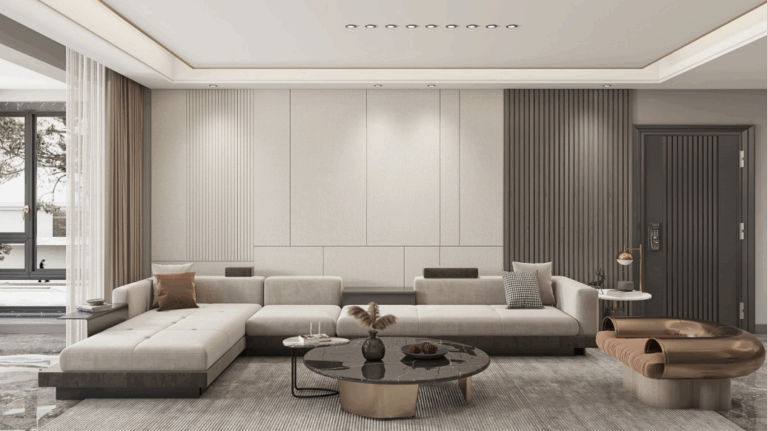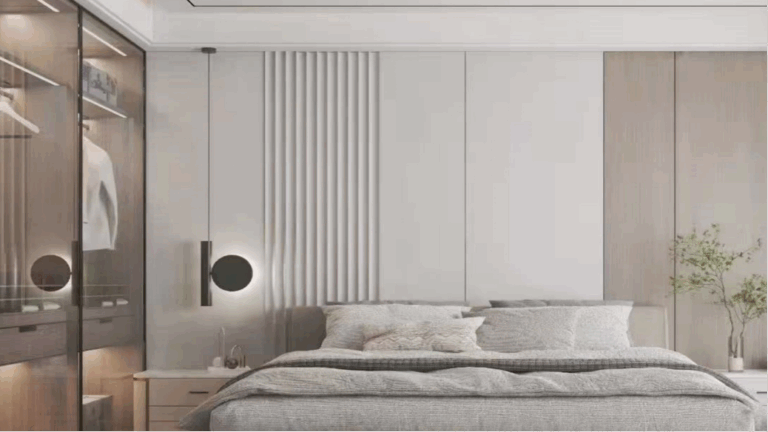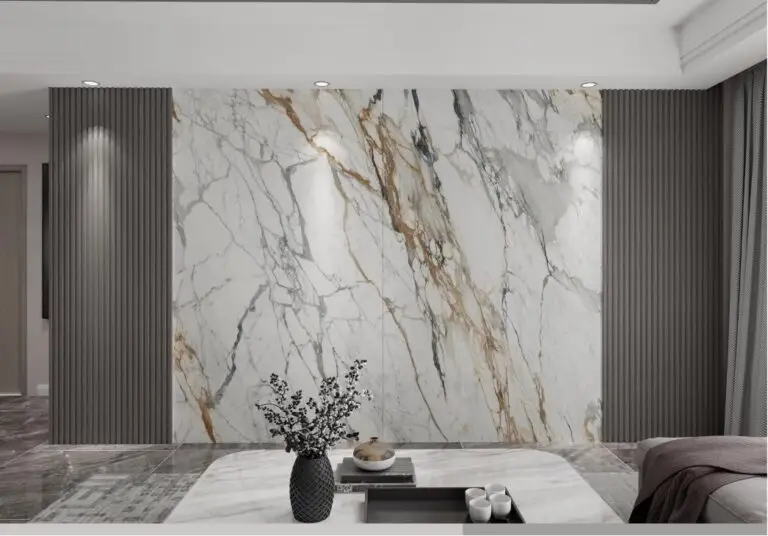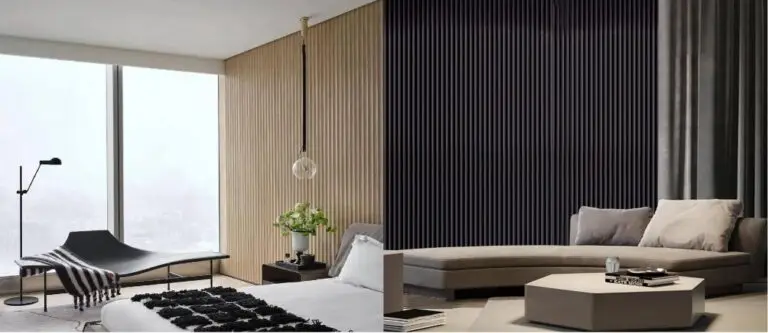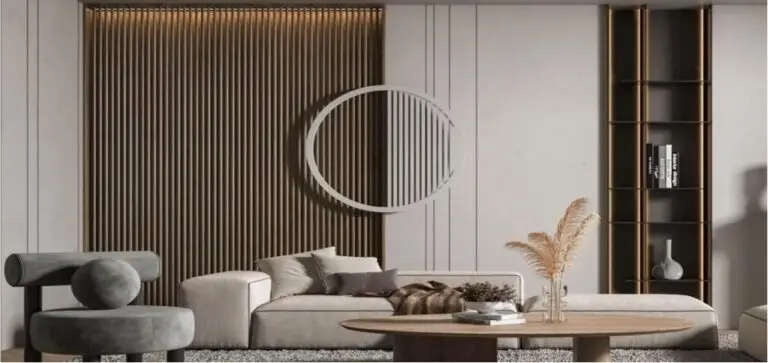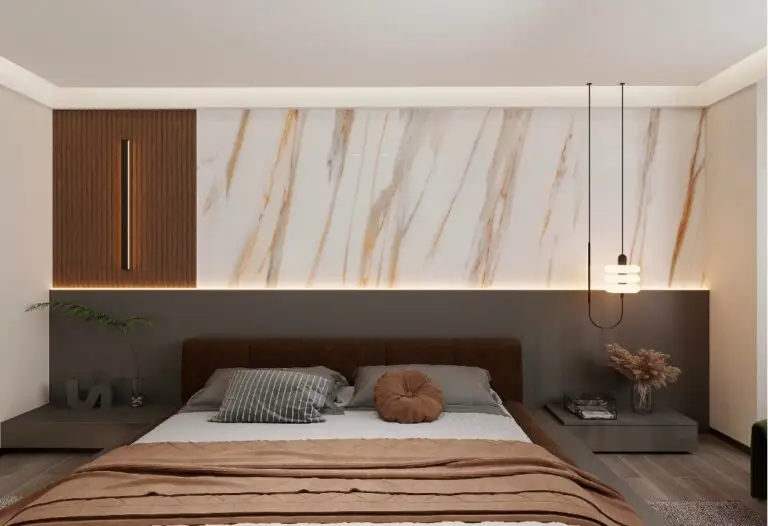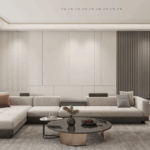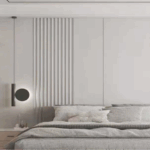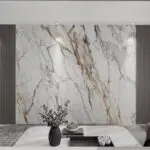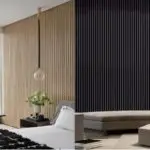Introduction:
In the dynamic construction and home decor landscape, the outdoor flooring sector is undergoing a remarkable transformation. WPC materials (Wood Plastic Composites) are at the forefront of this revolution. With consumers increasingly favoring stylish, durable, and eco-friendly outdoor flooring options, wood plastic composite decking has emerged as a market leader, captivating a growing clientele.
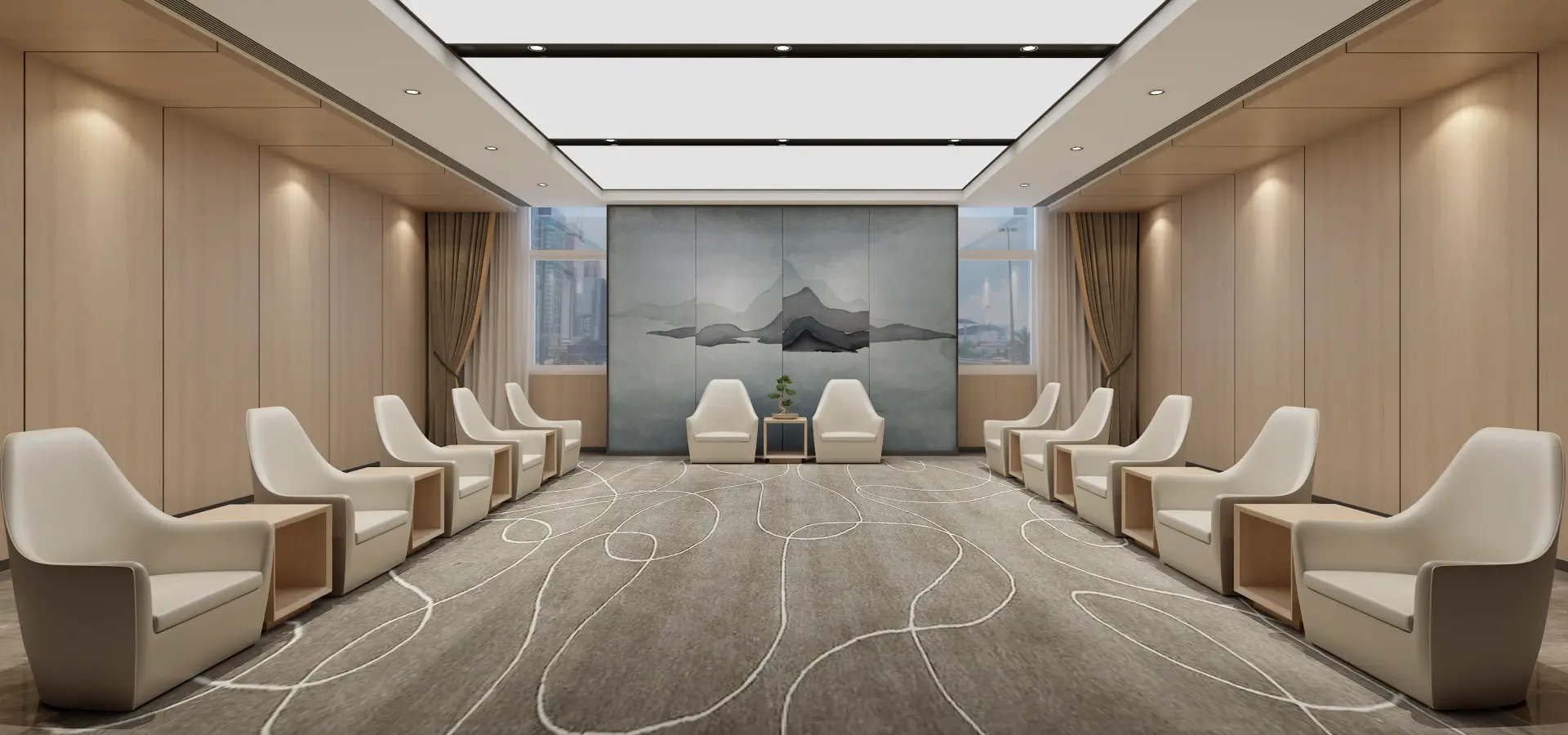
What are WPC Materials? Composition and Manufacturing:
Manufacturers thoroughly mix plastic, fine poplar wood powder, and various additives to produce WPC materials. They then extrude and mold the mixture into plates or profiles. Hot extrusion forms the final wood-plastic composite board, creating a material that combines the appealing appearance of wood with the robust durability of plastic.
Key Advantages of WPC Materials:
- Exceptional Durability: WPC materials exhibit superior durability, withstanding diverse weather conditions such as torrential rains, intense sunlight, and extreme temperatures without significant degradation. Unlike natural wood, which can deteriorate due to rotting, warping, or cracking over time under the influence of moisture and temperature fluctuations, WPC maintains its structural integrity and appearance for an extended duration. This makes it ideal for various indoor and outdoor applications, including decking, fencing, and siding.
- Minimal Maintenance: A key advantage of WPC is its low maintenance requirements. Unlike traditional wood, it does not require routine painting, staining, or sealing. A simple wash with soap and water generally suffices to maintain its pristine appearance. This saves considerable time and labor and cuts down on long-term maintenance expenses, making it a cost-effective alternative for both homeowners and commercial entities.
- Environmentally Sustainable: Many recognize WPC materials as an eco-friendly choice. They frequently compose them of recycled plastics and wood fibers, thereby reducing the reliance on virgin resources. Furthermore, their extended lifespan implies fewer replacements, which further mitigates the environmental footprint. By opting for WPC materials, consumers can actively participate in waste reduction and resource conservation efforts.
- Visual Appeal: Wood plastic composites offer excellent visual appeal, effectively mimicking the look of natural wood for a warm and inviting aesthetic. Their extensive selection of colors, textures, and finishes can accommodate various design aesthetics, ranging from rustic charm to modern sophistication. Whether you aim to construct a cozy patio or a sleek commercial facade, WPC materials can fulfill your design aspirations.
- Insect and Decay Resistance: WPC naturally resists insects and decay. It does not offer a conducive environment for pests like termites, ants, or wood-boring beetles to flourish, thus safeguarding the structure from potential harm. Additionally, it does not decompose like natural wood, making it a dependable option for outdoor installations where moisture and insect infestation are prevalent concerns.
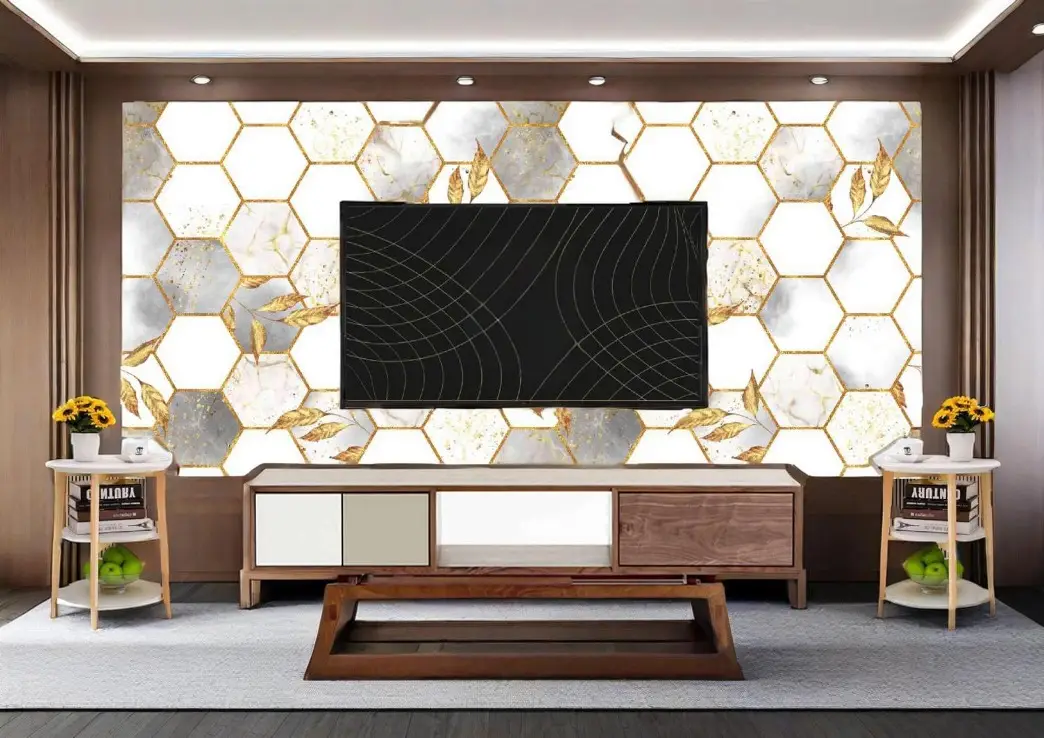
Conclusion:
WPC materials offer a compelling combination of durability, low maintenance, sustainability, and aesthetic versatility. As a robust alternative to traditional wood, wood plastic composites are increasingly becoming the preferred choice for a wide range of outdoor and even some indoor applications.

